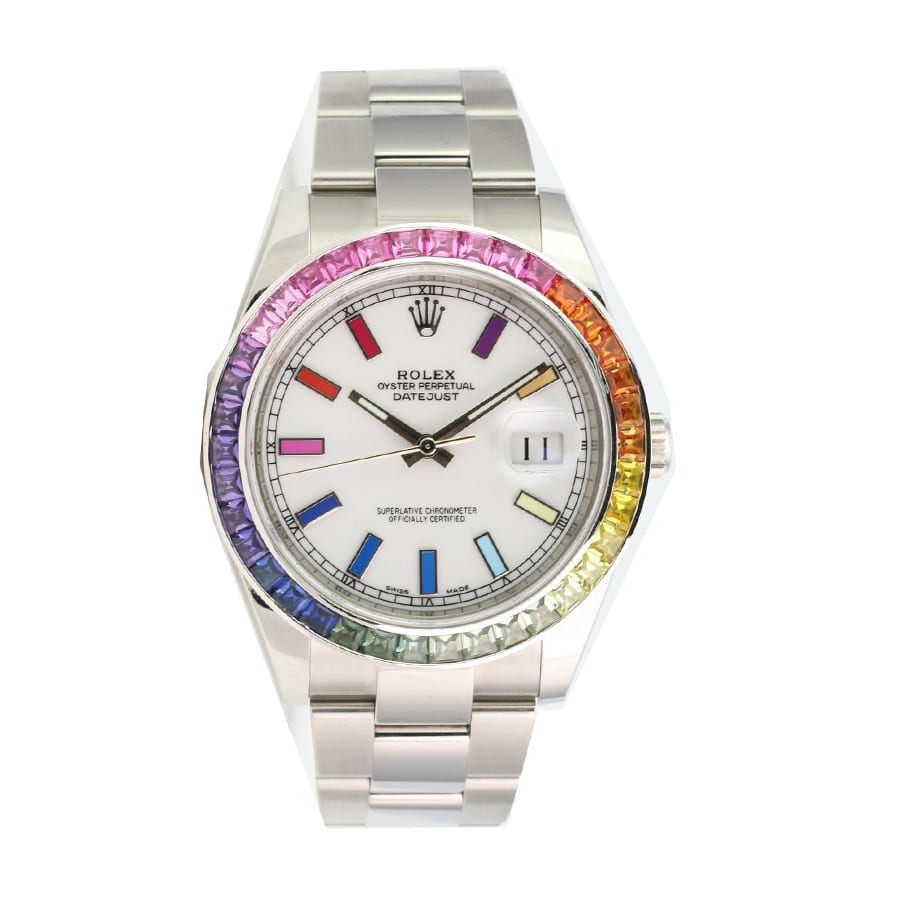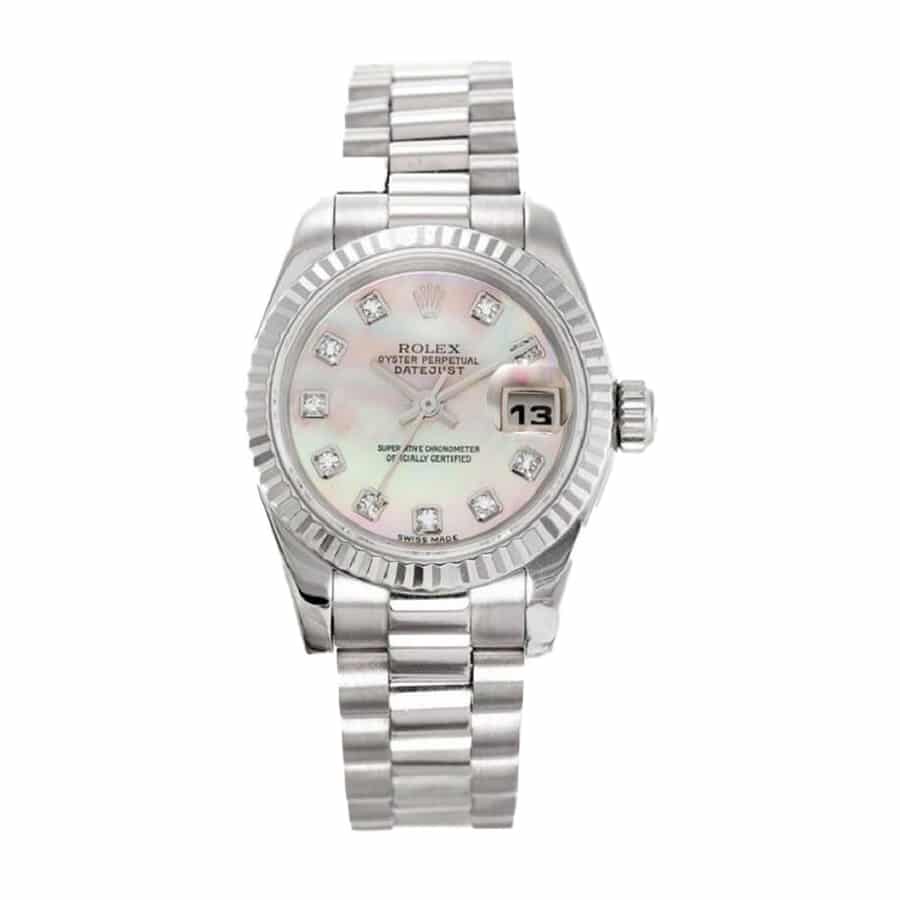As we know that Rolex is the most popular luxury watch brand in the world, it is probably not surprising that the Swiss watchmaking giant currently produces only chronometer-certified replica watches. Since 2015, every Rolex watch is guaranteed to be accurate to -2/+2 seconds every day, and almost all models carry the official Super Chronometer certification label on the dial. However, it wasn’t always the case. For instance, several of Rolex’s earliest sports watches were not chronometers. Think of the old Daytona chronograph and the early pre-crown guard Submariner. In addition, some of the longest-running models in the Rolex archives never used chronometer-certified movements. Perhaps surprisingly to some, a few models retained non-COSC-certified movements until the mid-2000s. From manual movements to automatic movements, Let’s see details here. 
After a decade of producing the Submariner 14060, Rolex replaced it with the Submariner 14060M, where the “M” stands for “improved,” referring to the newer 3130 caliber that powers the watch. However, despite the updated movement, the first generation of the Submariner 14060M still featured a two-line dial. Possibly due to the additional costs associated with submitting the movement to third-party testing, the first-generation Submariner 14060M watch was not officially regarded as a chronometer.
Eventually, the dial of the Air-King ref. 5500 does not bear the words “Superlative Chronometer Officially Certified”, but rather “Precision” or “Super Precision” as the brand’s logo. Although not a hard and fast rule, a precision dial generally indicates that there is a 1520 movement in the case, while a Super Precision dial means that there is a 1530 movement powering the watch. Some of the earliest 5500 models had no printed text at all on the lower half of the dial. These pre-precision Air-King dials are the cleanest dial design ever proposed by Rolex and are emblematic of an earlier and less prescriptive period in Rolex’s history.
As for the size and straightforward appearance, the Oysterdate Precision 6694 is similar to the Oyster Precision 6426, with the added benefit of a date window at 3 o’clock – topped with a Cyclops magnifying glass. Most replica Rolex Oysterdate 6694 watches come with a black or silver dial, but blue, champagne and white examples are also available.
As mentioned earlier, many of Rolex’s very early watches did not have a certified chronometer. In addition, as we have already illustrated, some non-chronograph watches managed to remain in production for many years without ever having received a COSC-rated movement. While non-chronograph certified Rolex watches may not guarantee the same degree of timekeeping as their COSC-rated counterparts, many collectors prefer them to chronometers.
A quick look at Rolex’s Non-Chronometer Watches
